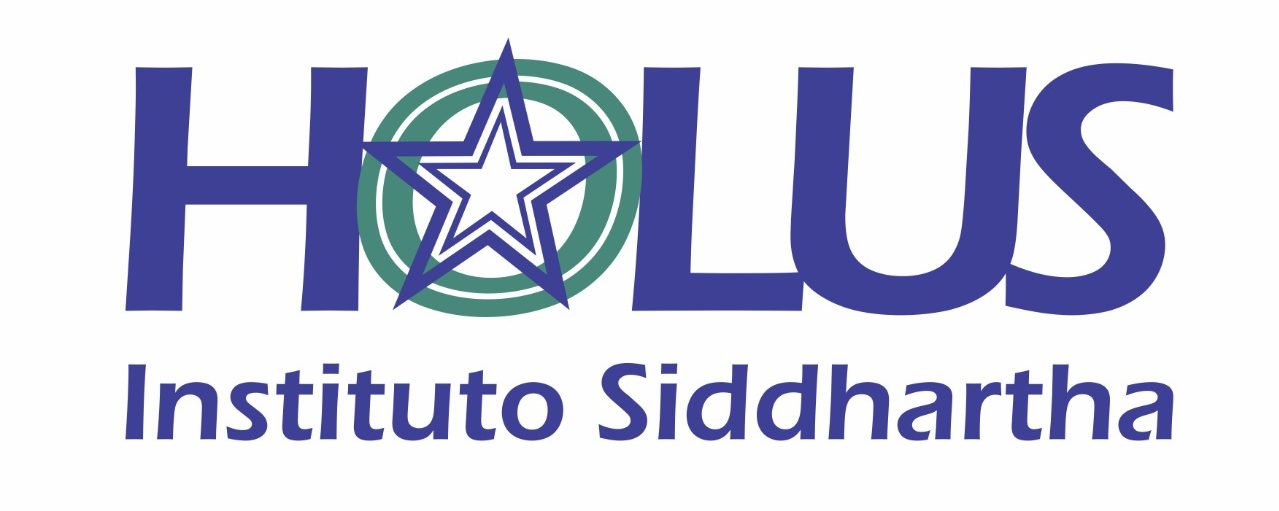Coins are somewhat more challenging as banks, postoffices, the Bank of England and The Royal Mint are under no legal obligation to exchange them. We are happy to purchase unwanted coins of any quantity. It’s been nearly 50 years since Britain saw its currency completely changed by decimalisation. It’s fair to say most of us have become very used to our currency based on multiples of 10 and 100, with 100 pennies to the pound.
Pound Sterling and Pence
The Britannia Coin Company is always keen to but old money, especially pre-decimal silver coins. If you have old banknotes, your local Post Office will often accept them. Alternatively, your bank (whom you hold an account with) will often accept them. Whether it’s using the term “quid” or “bob,” each term carries its own story and contributes to the tapestry of British identity. So, let us celebrate and appreciate the richness of British money terms, and continue to demystify the fascinating world of pounds, pence, and everything in between.
Understanding British Money: What’s a Quid? A Shilling?
- Before decimalization on 15 February 1971, there were twenty (20) shillings per pound.
- While decimalization has its merits, it is essential to appreciate the unique qualities of the pre-decimalization era.
- This difficult question to easily answer, because it depends on the age of the coins and their denomination.
- People who were accustomed to the old currency system had to adapt to the new decimal system, which required learning new conversion rates and understanding the new symbols.
- The Somali shilling is the official currency of Somalia.
Could you tell me what the value would have been then and what it would be equivalent to now, please? Having lived in the UK before and how much is a bob in english money after the currency change, it became much easier for me once it was the decimal related currency. After the First World War prices changed significantly. On the eve of decimalisation, a shilling was worth 57p.
It’s essential to understand the historical context of “bob” and the conversion processes involved to accurately convert these units to modern English money. Much like the UK has always had a slight independent streak about the whole EU thing, Scotland has always had its own unique character that many have sought to preserve. For example, some Scots bristle a bit at being called “British”, no matter how technically accurate it may be. Amounts in pence are often abbreviated as “p” (pronounced “pee”).
Libra meant pound, solidus meant shilling and denarius meant penny. Solidus and denarius were Roman coins, libra was a Roman pound. The origins of pounds, shillings and pence go back to ancient times.
British Banknotes
Gold sovereigns with a face value of £1 and half-sovereigns with a face value of 10 shillings (50p) were legal tender in the 1960s. Although you wouldbe extremely lucky if someone gave you a gold sovereign instead of a pound coin. As the most commonly used banknote denomination in the United Kingdom, the 20 note serves as the backbone of everyday transactions. With historical figures like Adam Smith and J.M.W. Turner depicted on the note, it embodies the realms of economics and art. The 20 note is highly versatile, accepted by most businesses and establishments, making it the go-to choice for larger purchases and general expenses.
List of British banknotes and coins
In 1971, the UK switched to a decimal currency system, abandoning the old system of pounds, shillings, and pence. Under this new system, the shilling was abolished, and a new currency was introduced. 10 shillings, previously equivalent to £0.50, is now equivalent to £5 (five pounds). In 1971, the British government converted the pound into a decimalised currency, which means it works very similarly to dollars and Euros. This did away with the shilling, making way for a system of pounds and pence (pennies).
